

Karnataka, located in southwestern India, is a state of remarkable diversity and rich heritage. From the ancient ruins of Hampi to the modern tech hubs of Bangalore, Karnataka offers a perfect blend of history, culture, and progress. The state is known for its magnificent temples, diverse landscapes ranging from coastal regions to hill stations, and its significant contributions to Indian classical music, literature, and arts. Karnataka's festivals, especially Dasara, showcase its royal traditions and cultural vibrancy.
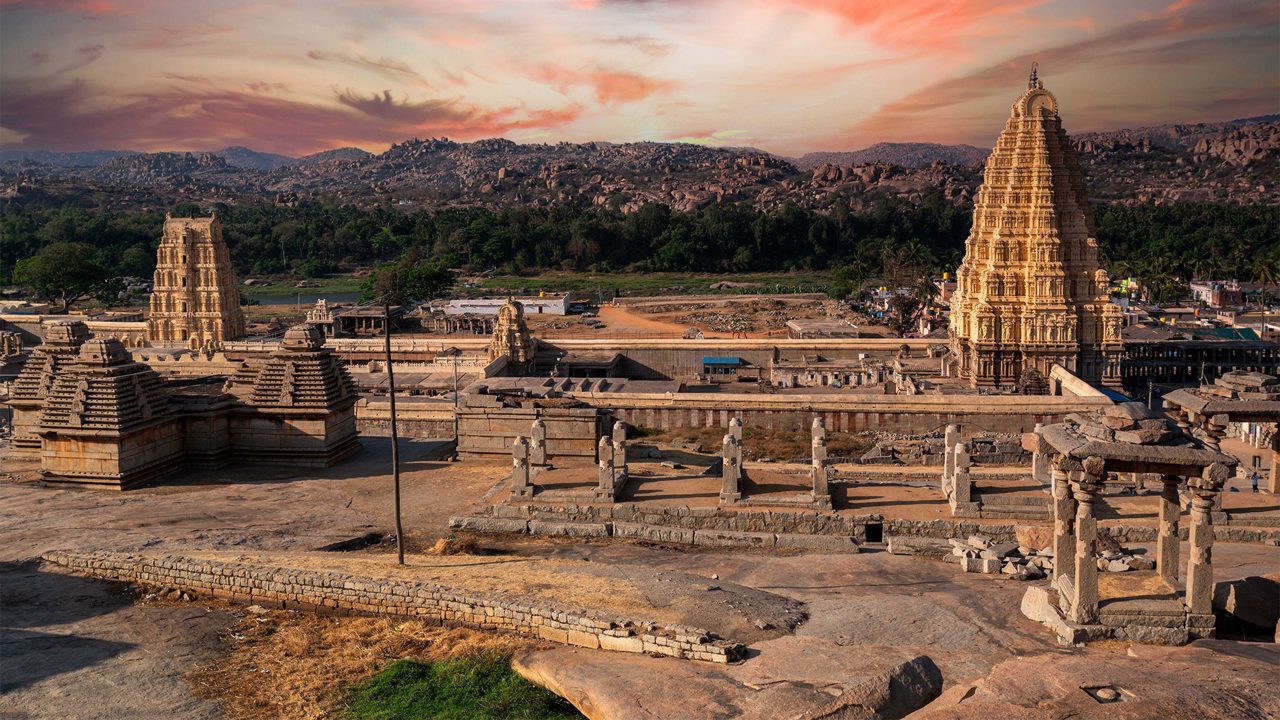
Karnataka stands as a testament to one of India's most historically significant regions, with a recorded history spanning over two millennia. The state was home to several great empires - the Kadambas, Chalukyas, Rashtrakutas, Hoysalas, and the mighty Vijayanagara Empire - whose legacy continues to shape Karnataka's identity and pride.
The Vijayanagara Empire, at its peak between the 14th and 16th centuries, was one of the most prosperous and powerful empires in Indian history. Under rulers like Krishnadevaraya, the empire controlled much of South India and was known for its administrative efficiency, international trade, and magnificent architecture. The ruins of Hampi, the empire's capital, are a UNESCO World Heritage Site and represent the pinnacle of Vijayanagara architecture and urban planning.
The Hoysala Empire, which flourished between the 10th and 14th centuries, left behind some of India's most exquisite temple architecture. The temples at Belur, Halebidu, and Somnathpura, with their intricate stone carvings and star-shaped platforms, are masterpieces of Hoysala art and continue to attract visitors from around the world.
The Chalukyas of Badami, who ruled from the 6th to 8th centuries, were pioneers of temple architecture in South India. The rock-cut cave temples of Badami and the temples at Pattadakal (another UNESCO World Heritage Site) showcase the evolution of Hindu temple architecture and the synthesis of northern and southern styles.
These dynasties made significant contributions to literature, art, architecture, and governance. The Kannada language flourished under their patronage, producing literary masterpieces that are celebrated to this day. The administrative systems, irrigation techniques, and architectural principles developed during these periods continue to influence modern practices.
Today, Karnataka takes immense pride in this glorious heritage. The monuments built by these dynasties are not just historical sites but living testimonies to the state's cultural and artistic achievements. The values of justice, good governance, and cultural excellence established by these rulers are deeply embedded in Kannada society.
The legacy of Karnataka's empires is not just historical; it continues to inspire contemporary Kannada identity. The Kannada language, with its rich literary history, remains a powerful symbol of cultural pride and resilience. The state's motto "Satyameva Jayate" (Truth Alone Triumphs) reflects the philosophical depth and ethical values that have characterized Karnataka through the ages.
Karnataka is known for its linguistic diversity and rich literary heritage. The state's language landscape reflects its ancient traditions, classical literature, and cultural pride, while also accommodating its cosmopolitan character.
The official language of Karnataka is Kannada, one of the oldest Dravidian languages with a history spanning over 2500 years. Kannada has a rich literary tradition and is recognized as a classical language by the Government of India. It is not only used in government, education, and administration but also in literature, cinema, and music, making it the heart of Kannada cultural identity.
The languages of Karnataka reflect its unique cultural identity and historical continuity. While Kannada remains the heart and soul of the state, the presence of English, Hindi, and regional languages adds to its linguistic diversity. This blend of languages truly mirrors Karnataka's spirit of cultural pride while embracing modernity and diversity.
Karnataka is a state of vibrant festivals, where tradition, devotion, and cultural celebrations come alive. Festivals here are deeply rooted in agricultural cycles, temple traditions, and royal heritage, reflecting the state's rich cultural diversity.
Dasara is the most important and widely celebrated festival of Karnataka, particularly in Mysore, where it is celebrated with royal splendor. The festival marks the victory of good over evil and is celebrated over ten days with great pomp and grandeur.
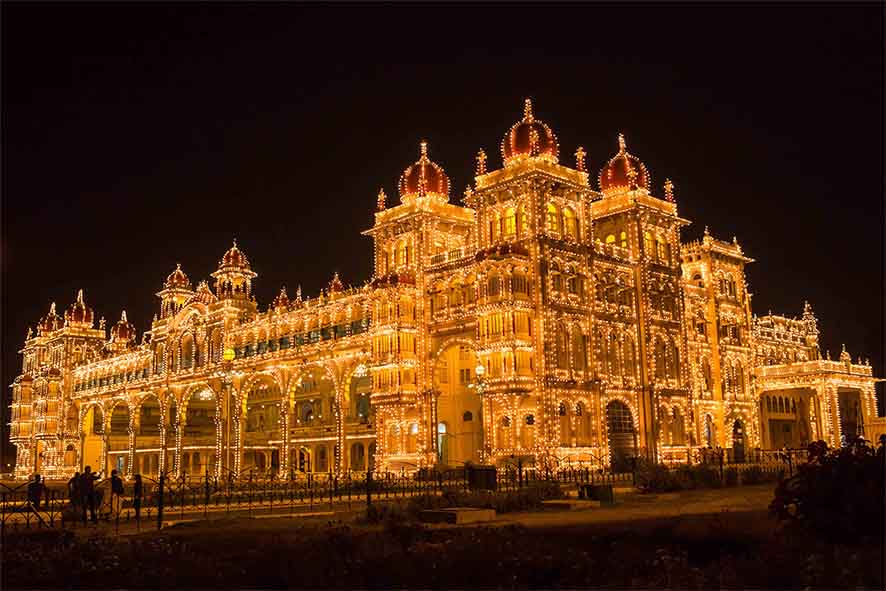
Dasara is not just a festival but a celebration of Karnataka's royal heritage, cultural identity, and spiritual values. It brings people together across communities, spreading the message of righteousness, unity, and cultural pride. The grandeur of Mysore Dasara makes it one of India's most famous festivals and the true essence of Karnataka's cultural pride.
Ugadi, the Kannada New Year, is celebrated on the first day of the Hindu lunisolar calendar month of Chaitra (usually March-April). It marks the beginning of the new year and is observed with religious ceremonies, cultural events, and family gatherings. The festival symbolizes new beginnings, prosperity, and the importance of time in human life.
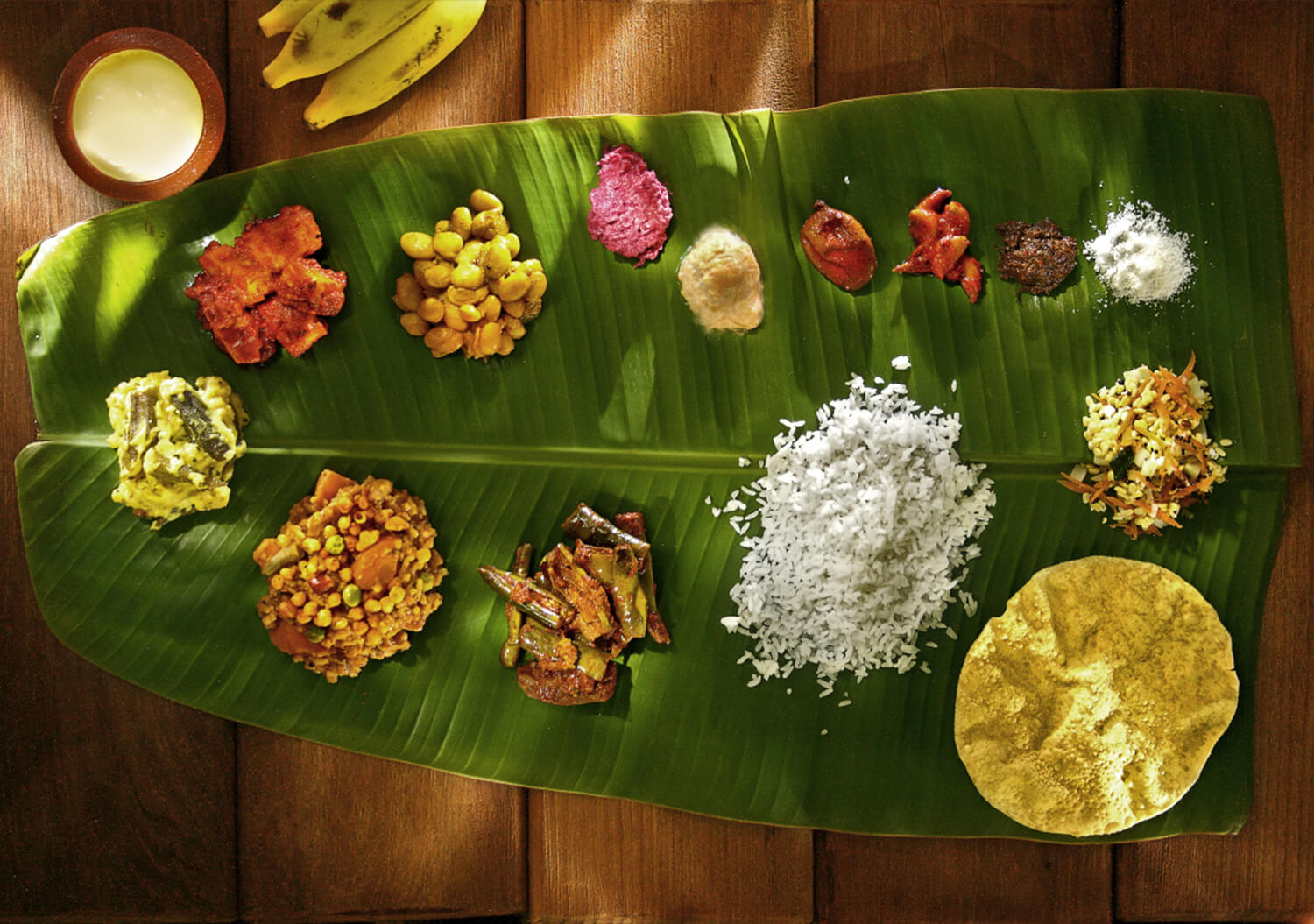
On this day, people wake up early, take oil baths, wear new clothes, and decorate their homes with mango leaves and rangoli. A special ritual called "Panchanga Sravana" involves listening to the yearly forecast. Families prepare special dishes and visit temples to seek blessings for the new year.
Ugadi is not just the celebration of a new year but also a festival of cultural reaffirmation and family bonding. It reflects the cultural richness of Karnataka, reminding people to welcome life with positivity, tradition, and unity. With its blend of rituals, food, and traditions, Ugadi truly symbolizes the spirit of renewal and pride of Karnataka.
Ganesh Chaturthi, the festival celebrating the birth of Lord Ganesha, is celebrated with great enthusiasm in Karnataka, especially in coastal regions. The festival brings communities together in worship and celebration of the elephant-headed god of wisdom and prosperity.
Ganesh Chaturthi in Karnataka is not just a religious festival but a celebration of community, art, and cultural identity. From the beautifully crafted idols to the vibrant cultural programs, every aspect reflects the unique Kannada way of celebrating this popular festival.
The festivals of Karnataka showcase its deep cultural roots, agricultural heritage, and regional diversity. From the royal splendor of Mysore Dasara to the harvest celebrations of rural Karnataka, every festival reflects the state's spirit of devotion, community, and pride in its diverse heritage.

Karnataka is one of India's most progressive states with cities that blend ancient heritage with modern development. Its urban centers are not only economic hubs but also custodians of Kannada culture, art, and traditions. Each city plays a unique role in shaping Karnataka's identity and pride.
Bangalore, the capital city of Karnataka, is popularly known as the "Silicon Valley of India" because of its position as the nation's leading IT exporter and technology hub. It is India's third-largest city and serves as the economic, cultural, and educational center of Karnataka. Bangalore beautifully balances its garden city heritage with cutting-edge technology, making it one of India's most dynamic cities.

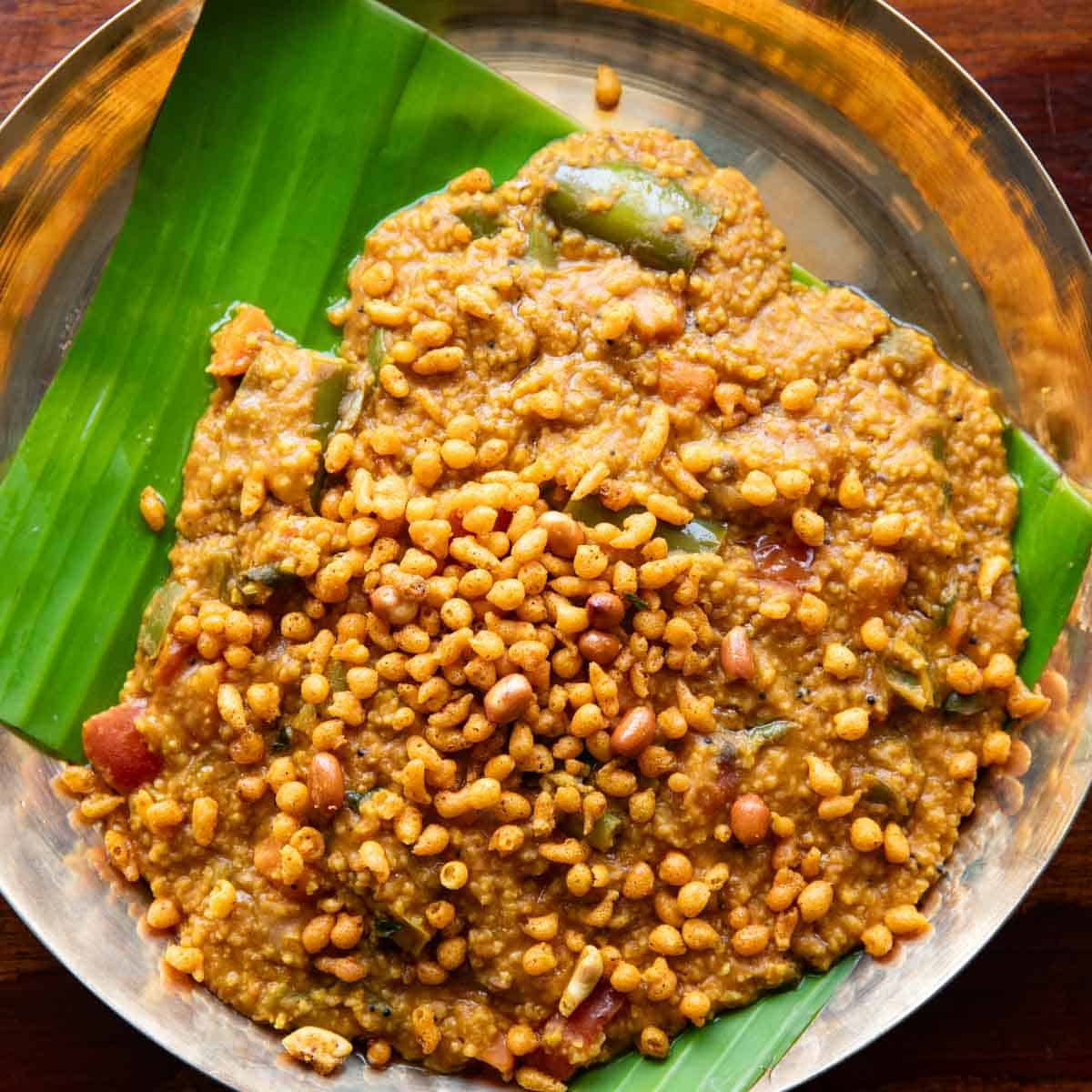

Lalbagh Botanical Garden in Bangalore is one of the most famous botanical gardens in India, established in the 18th century by Hyder Ali and later developed by his son Tipu Sultan. Spread over 240 acres, the garden is home to more than 1,854 species of plants, including rare tropical and subtropical plants.
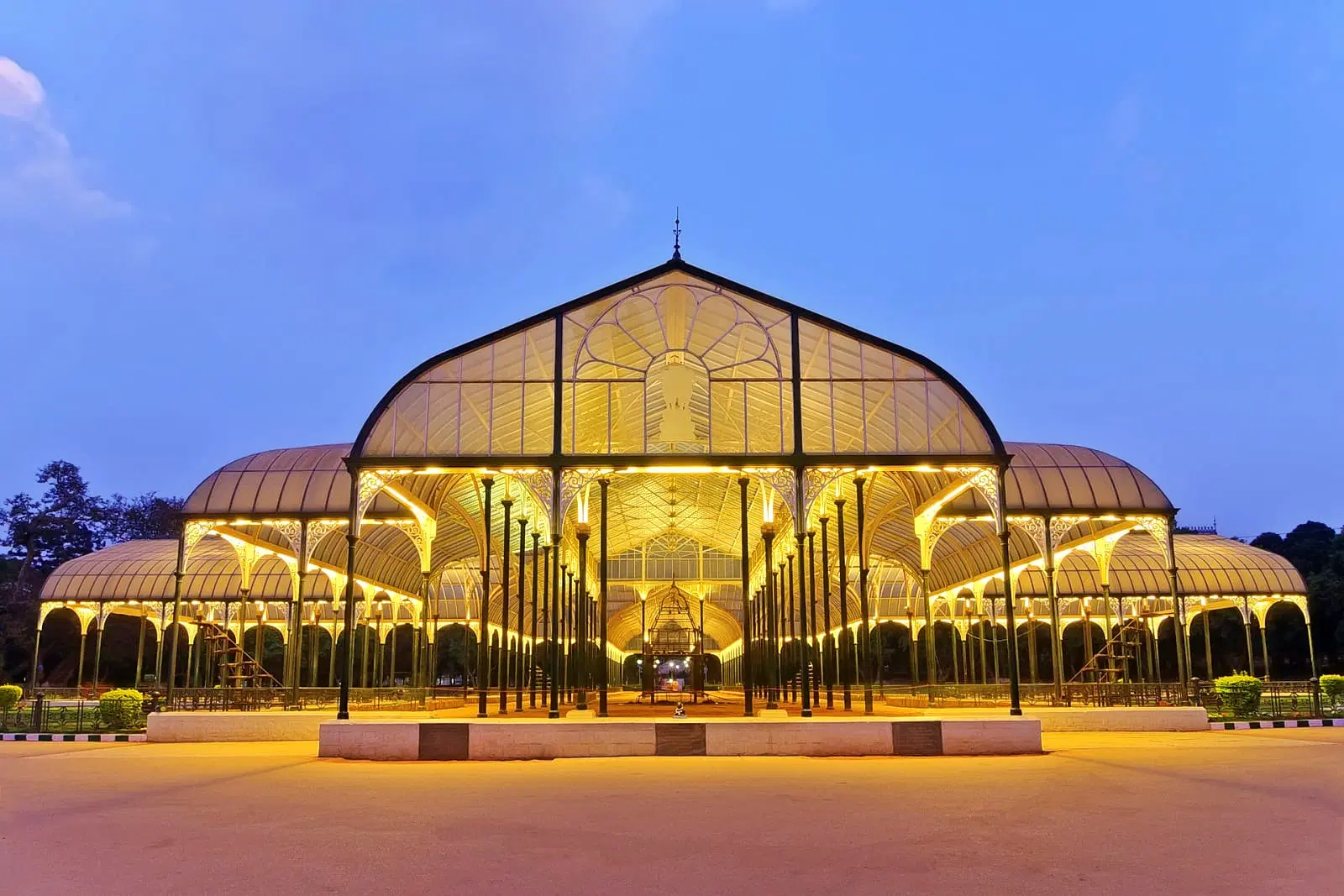
The garden is famous for its Glass House, built in 1889 inspired by London's Crystal Palace, which hosts the biannual flower shows. Other attractions include the Lalbagh Rock, one of the oldest rock formations on Earth dating back 3,000 million years, and the beautiful lotus pond. The garden also features a lake, a botanical library, and a museum.
Lalbagh is not just a tourist attraction but an important center for botanical research and conservation. It serves as a green lung for Bangalore and is a popular spot for morning walkers, nature lovers, and photography enthusiasts. The garden's serene environment provides a perfect escape from the city's hustle and bustle.
In conclusion, Lalbagh Botanical Garden is much more than a natural attraction—it is a symbol of Bangalore's heritage, scientific temperament, and commitment to preserving nature amidst urban development. It stands as a reminder of the city's royal past and continues to be a cherished green space for generations.
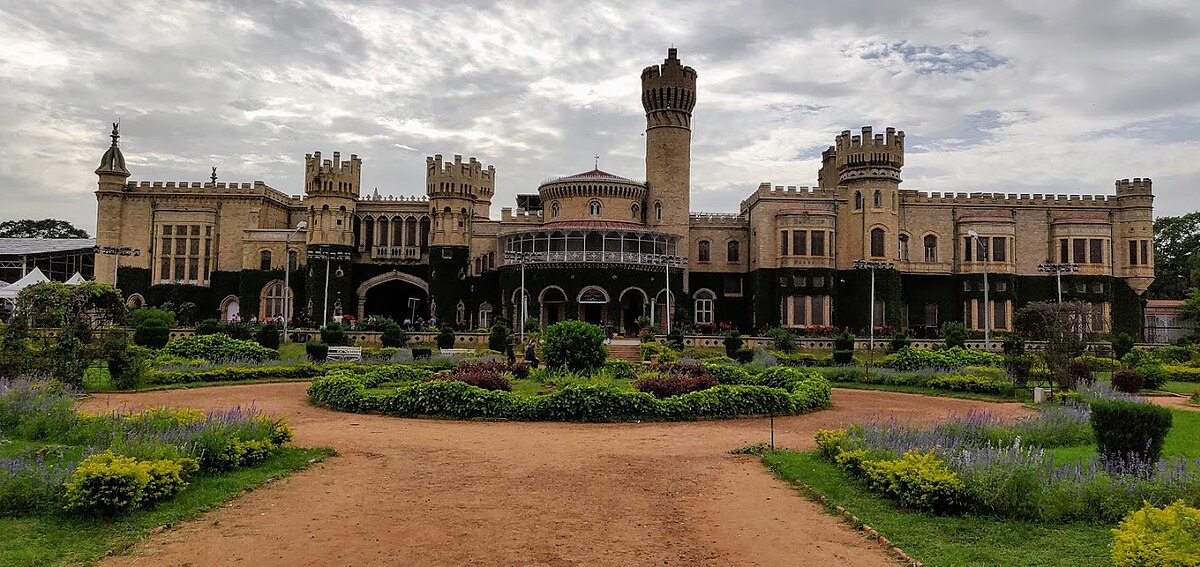
Bangalore Palace, built in 1878, is a magnificent example of Tudor-style architecture in the heart of Bangalore. Inspired by England's Windsor Castle, the palace was originally built by Rev. Garrett, the first principal of Central College, and was later purchased by the Wodeyar royal family of Mysore.
The palace features fortified towers, turrets, Gothic windows, and beautiful wood carvings. The interior is equally impressive with elegant furniture, Victorian-era paintings, and photographs documenting the royal family's history. The palace grounds host various cultural events, concerts, and exhibitions throughout the year.
What makes Bangalore Palace unique is its blend of European architectural styles with local influences. The palace has been meticulously maintained and continues to be a residence for the royal family while being open to the public. It stands as a testament to Bangalore's royal heritage and its cosmopolitan character.
The palace grounds span over 450 acres and include beautifully landscaped gardens, making it a popular venue for weddings, cultural events, and film shootings. The palace has witnessed numerous historical events and continues to be an important cultural landmark in Bangalore.
In conclusion, Bangalore Palace is much more than a historical monument—it is a living symbol of Bangalore's royal heritage, architectural diversity, and cultural vibrancy. It continues to inspire awe and admiration, representing both the legacy of Karnataka's royal past and the modern spirit of contemporary Bangalore.
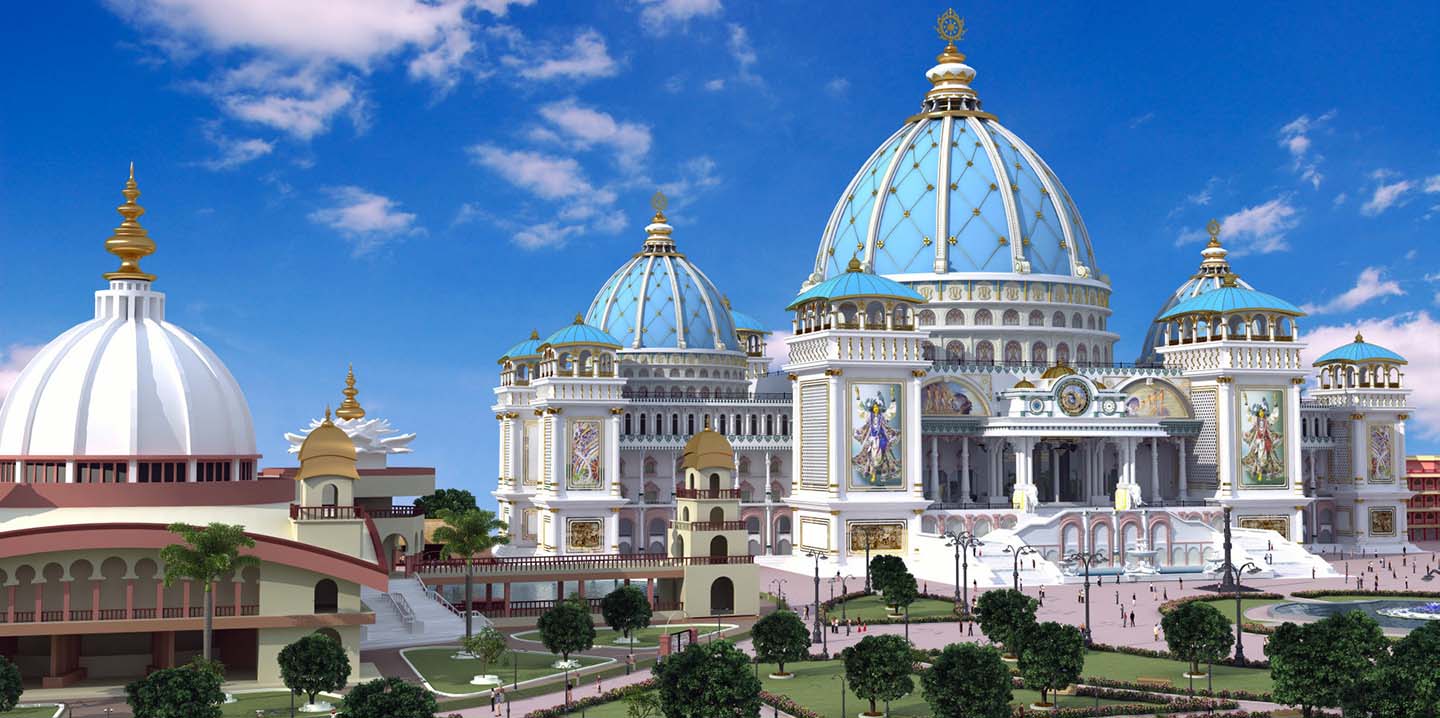
The ISKCON Temple in Bangalore is one of the largest ISKCON temples in the world and a major spiritual and cultural hub. Inaugurated in 1997, the temple is dedicated to Lord Krishna and his consort Radha, attracting devotees and tourists from across the globe.
The temple complex is an architectural marvel that blends modern technology with traditional temple architecture. The main temple features a gold-plated dhwaja stambha (flag post) and kalash shikharas (domes). The temple uses solar power and has advanced facilities including a museum, lecture halls, and a restaurant serving vegetarian food.
What makes the ISKCON Temple unique is its approach to spirituality that appeals to both traditional devotees and modern seekers. The temple conducts various spiritual programs, cultural events, and educational initiatives that promote Vedic wisdom and values. The temple's serene atmosphere and beautiful architecture make it a popular destination for meditation and spiritual contemplation.
The temple also plays an important role in community service through its Akshaya Patra Foundation, which provides mid-day meals to school children across India. This integration of spirituality with social service reflects the temple's commitment to holistic development.
In conclusion, the ISKCON Temple in Bangalore is much more than a religious site—it is a center for spiritual learning, cultural preservation, and social service. It represents the harmonious blend of tradition and modernity that characterizes contemporary Bangalore, making it an essential part of the city's spiritual landscape.
Cubbon Park in Bangalore is a 300-acre green oasis in the heart of the city, established in 1870 by Sir John Meade, the then acting Commissioner of Mysore. Named after Sir Mark Cubbon, the park is maintained by the Department of Horticulture and serves as a vital green lung for the city.
The park features numerous attractions including the State Central Library (Seshadri Iyer Memorial Hall), the High Court of Karnataka, the Government Museum, and the Jawahar Bal Bhavan. The park is known for its rich collection of trees and plants, with more than 6,000 trees supporting a diverse ecosystem. The park's walking paths, lush lawns, and flowering plants make it a popular spot for morning walkers, joggers, and nature enthusiasts.
What makes Cubbon Park special is its location in the central administrative area of Bangalore, surrounded by important government buildings. Despite being in the heart of the city, the park maintains a tranquil atmosphere and serves as an important recreational space for Bangalore's residents. The park is closed to vehicular traffic on Sundays and public holidays, making it particularly popular among families and children.
The park also hosts various cultural events, flower shows, and public gatherings throughout the year. Its historical significance, combined with its ecological importance, makes Cubbon Park an integral part of Bangalore's identity.
In conclusion, Cubbon Park is more than just a park—it is a symbol of Bangalore's commitment to preserving green spaces amidst urban development. It stands as a testament to the city's vision of balancing growth with environmental conservation, providing a much-needed respite from urban life while preserving the city's historical and cultural heritage.
Vidhana Soudha in Bangalore is the magnificent seat of the Karnataka state legislature and the largest legislative building in India. Completed in 1956, this imposing structure represents the democratic spirit of Karnataka and showcases the neo-Dravidian architectural style.
The building was conceived by Kengal Hanumanthaiah, the then Chief Minister of Karnataka, who wanted to create a structure that would represent the culture and heritage of Karnataka. The architecture blends elements from various dynasties that ruled Karnataka, including the Chalukyas, Hoysalas, and Vijayanagara empires. The building is constructed entirely of Bangalore granite in the neo-Dravidian style.
The most striking feature of Vidhana Soudha is its massive facade with grand steps leading to the entrance. The central dome rises to a height of 60 feet and is crowned by the four-headed lion capital of Ashoka. The building is illuminated on Sundays and public holidays, creating a spectacular sight. The motto "Government Work is God's Work" is inscribed in Kannada on the building's front.
Vidhana Soudha is not just an administrative building but a symbol of Karnataka's democratic values and cultural pride. It houses the Legislative Assembly, the Legislative Council, and various government offices. The building represents the aspirations of the Kannada people and their commitment to democratic governance.
In conclusion, Vidhana Soudha is more than an architectural marvel—it is the heart of Karnataka's democracy and a symbol of the state's cultural and political identity. It stands as a testament to Karnataka's progress and its commitment to democratic values, making it one of Bangalore's most iconic landmarks.
Bangalore is more than just a city — it is the technological heart of India and the cultural capital of Karnataka. From its beautiful gardens to its tech campuses, from traditional festivals to international conferences, Bangalore represents the perfect blend of tradition and modernity. Truly, Bangalore lives up to its name as the Silicon Valley of India.
Mysore, officially known as Mysuru, is the cultural capital of Karnataka and one of the most historically significant cities in South India. Famous for its magnificent Mysore Palace and the grand Dasara celebrations, Mysore beautifully preserves its royal heritage while embracing modern development. The city is known for its silk, sandalwood, and yoga, making it a center of traditional arts and wellness.
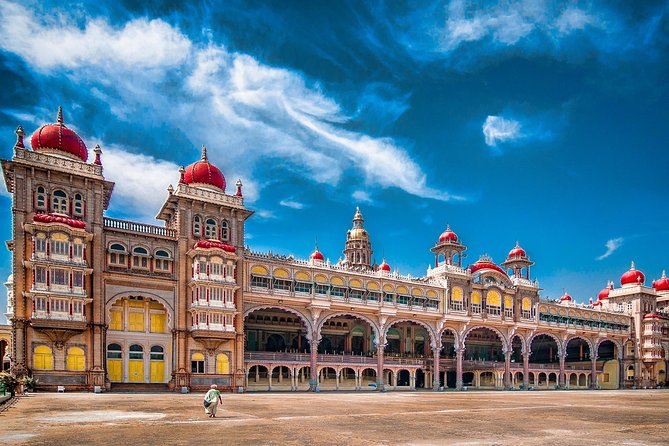
The Mysore Palace, also known as Amba Vilas Palace, is the official residence of the Wodeyar dynasty and the seat of the Kingdom of Mysore. The current palace was built between 1897 and 1912 after the old wooden palace was destroyed in a fire. Designed by the British architect Henry Irwin, the palace is a magnificent example of Indo-Saracenic architecture with hints of Hindu, Muslim, Rajput, and Gothic styles.
The palace complex spans over 72 acres and features beautifully landscaped gardens. The three-story stone structure is made of gray granite with deep pink marble domes. The interior is equally spectacular with intricate carvings, stained glass windows, and magnificent paintings. The most stunning feature is the Durbar Hall with its ornate ceiling and golden throne.
The palace is particularly famous for its illumination on Sundays, public holidays, and during the Dasara festival when nearly 100,000 light bulbs light up the entire structure. The palace also houses a museum that displays royal memorabilia, including costumes, jewelry, weapons, and photographs documenting the royal family's history.
Mysore Palace is not just an architectural wonder but the heart of Mysore's cultural identity. It continues to be a center for cultural activities and royal ceremonies, attracting over 6 million visitors annually. The palace represents the glorious legacy of the Wodeyar dynasty and their contribution to Karnataka's cultural heritage.
In conclusion, the Mysore Palace is much more than a historical monument—it is a living symbol of Karnataka's royal heritage, architectural brilliance, and cultural pride. It continues to inspire awe and admiration, standing as a testament to Mysore's glorious past and vibrant present.
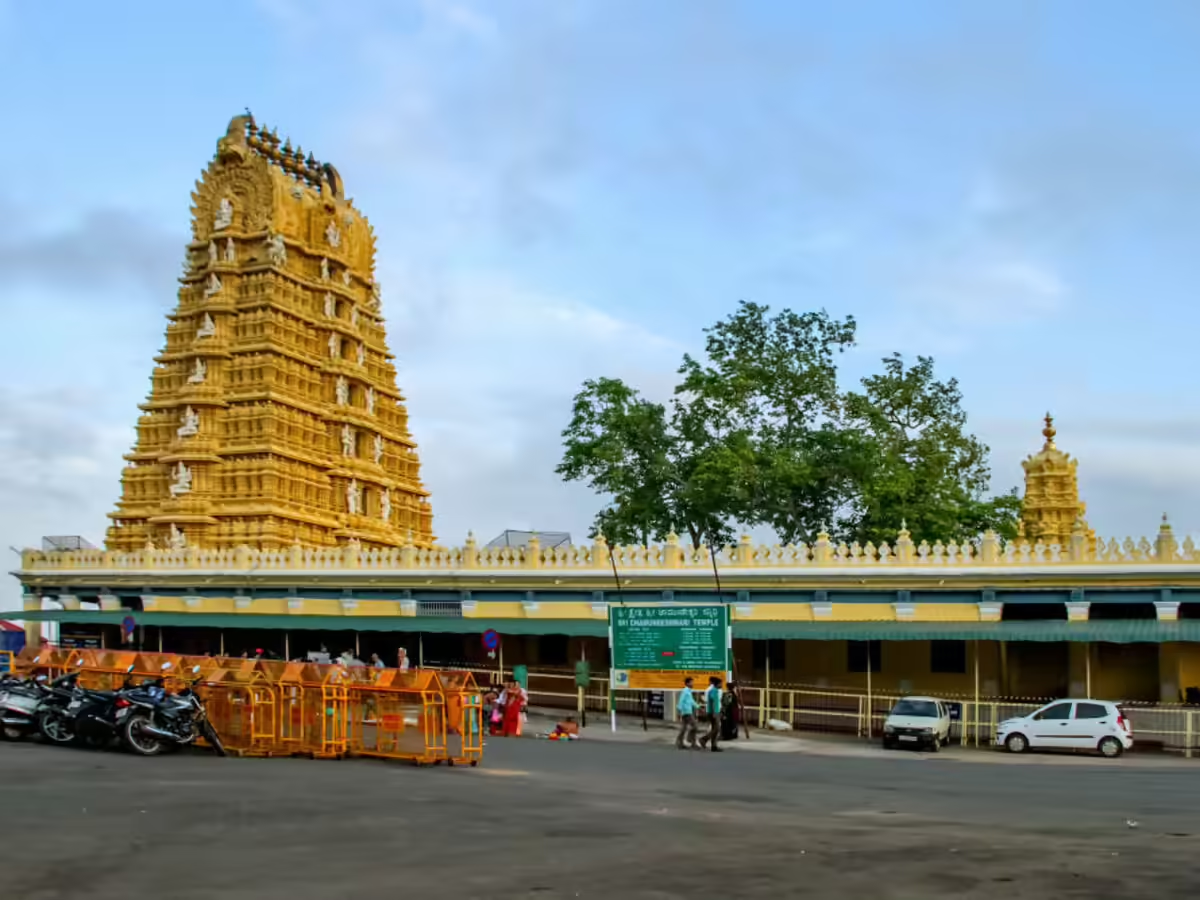
Chamundi Hill, located about 13 kilometers from Mysore, is a prominent landmark and an important pilgrimage site. The hill is named after Goddess Chamundeshwari, the fierce form of Goddess Durga who slayed the demon Mahishasura, from whom Mysore gets its name (Mahishuru).
The most important attraction on the hill is the Sri Chamundeshwari Temple, which dates back to the 12th century. The temple was later renovated by the Wodeyar rulers in the 17th century. The temple features a beautiful seven-story gopuram (tower) and a magnificent idol of the goddess adorned with precious stones. The temple is particularly crowded during the Dasara festival when special prayers are offered.
Other attractions on Chamundi Hill include the giant Nandi (bull) statue, which is 16 feet high and 25 feet long, carved out of a single piece of black granite in 1659. The hill also offers panoramic views of Mysore city and its surroundings. Visitors can either climb the 1,000 steps to the top or drive up the hill via a winding road.
Chamundi Hill is not just a religious site but also an important ecological zone with rich biodiversity. The hill is covered with lush vegetation and is home to various species of birds and animals. The peaceful atmosphere and spiritual significance make it a popular destination for both pilgrims and nature lovers.
In conclusion, Chamundi Hill is more than just a hill—it is an integral part of Mysore's religious and cultural landscape. Its connection with the city's mythology and its natural beauty make it a must-visit destination that represents both the spiritual heritage and natural wealth of Karnataka.
Brindavan Gardens, located about 19 kilometers from Mysore, is one of the most beautiful gardens in India. Spread over 60 acres, the gardens are laid out below the Krishnarajasagara Dam built across the Kaveri River. The gardens are famous for their symmetrical design, terraced lawns, and colorful flower beds.
The most spectacular feature of Brindavan Gardens is its musical fountain, which comes alive after sunset with colored lights and music. The fountain show is synchronized with popular film songs and classical music, creating a mesmerizing experience for visitors. The gardens also feature numerous fountains, ponds, and pathways that are beautifully illuminated in the evening.
The gardens were created by Sir Mirza Ismail, the then Dewan of Mysore, in 1932. Inspired by the Shalimar Gardens in Kashmir, Brindavan Gardens represents the horticultural excellence of Karnataka. The gardens are maintained by the Cauvery Niravari Nigam and attract thousands of visitors throughout the year.
What makes Brindavan Gardens unique is its integration with the Krishnarajasagara Dam, which was one of the first major dams in India. The dam itself is an engineering marvel built by Sir M. Visvesvaraya, and the gardens add to its aesthetic appeal. The combination of engineering excellence and natural beauty makes Brindavan Gardens a symbol of Karnataka's progress and its commitment to sustainable development.
In conclusion, Brindavan Gardens is more than just a garden—it is a masterpiece of landscape architecture that represents Karnataka's vision of combining utility with beauty. It continues to be one of Karnataka's most popular tourist destinations, offering a perfect blend of natural splendor and human creativity.
Mysore Zoo, officially known as Sri Chamarajendra Zoological Gardens, is one of the oldest and most popular zoos in India. Established in 1892 by Maharaja Chamaraja Wodeyar, the zoo spans over 157 acres and is home to a wide variety of animals from around the world.
The zoo is known for its spacious enclosures that mimic natural habitats, providing a comfortable environment for the animals. It houses more than 1,450 animals representing 168 species, including elephants, giraffes, zebras, white tigers, and various species of primates and birds. The zoo also has a separate aquarium and a reptile house.
What sets Mysore Zoo apart is its commitment to conservation and education. The zoo participates in various breeding programs for endangered species and conducts educational programs for students and visitors. The zoo's layout, with its tree-lined pathways and well-maintained gardens, makes it a pleasant place for a family outing.
The zoo has evolved over the years from a royal menagerie to a modern zoological park with international standards of animal care and conservation. It continues to be a favorite destination for both locals and tourists, attracting over 3 million visitors annually.
In conclusion, Mysore Zoo is more than just a collection of animals—it is a center for wildlife conservation, education, and research. It represents Karnataka's commitment to preserving biodiversity and promoting environmental awareness, making it an important institution in the state's cultural and educational landscape.
St. Philomena's Church in Mysore is one of the tallest churches in Asia and a magnificent example of neo-Gothic architecture. Built between 1933 and 1956, the church is dedicated to St. Philomena, a 3rd-century saint and martyr. The church was designed by a French architect based on the Cologne Cathedral in Germany.
The most striking feature of St. Philomena's Church is its twin spires that rise to a height of 175 feet, making them visible from various parts of Mysore. The church's facade features beautiful stained glass windows depicting scenes from the life of Jesus Christ and St. Philomena. The interior has a nave with soaring arches and a magnificent altar.
The church was built under the patronage of Maharaja Krishnaraja Wodeyar IV, who donated 5 acres of land for its construction. This act of generosity reflects the religious harmony that has characterized Mysore throughout its history. The church serves the Catholic community of Mysore and is also a popular tourist attraction.
What makes St. Philomena's Church special is its architectural grandeur and its significance as a symbol of religious tolerance. The church stands as a testament to Mysore's cosmopolitan character and its tradition of embracing diversity. The church's peaceful atmosphere and beautiful architecture make it a must-visit destination in Mysore.
In conclusion, St. Philomena's Church is more than a place of worship—it is an architectural masterpiece that represents Mysore's cultural diversity and religious harmony. It continues to inspire visitors with its beauty and spiritual ambiance, making it an integral part of Mysore's rich cultural tapestry.
Mysore is not just a city of palaces but also of living traditions, vibrant culture, and historical continuity. With its royal heritage, cultural significance, and artistic vibrancy, Mysore rightfully earns the title of the "Cultural Capital of Karnataka", making it one of the most significant cultural centers of South India.
Hubli-Dharwad, the twin cities in northern Karnataka, serve as the commercial and educational hub of the region. While Hubli is known for its commerce and industry, Dharwad is famous for its educational institutions and cultural heritage. Together, they form the second-largest conurbation in Karnataka and play a crucial role in the state's economy and culture.
Hubli-Dharwad is much more than just twin cities — they are the economic and cultural heart of North Karnataka. With Hubli's commercial vitality and Dharwad's educational excellence, the twin cities represent the perfect balance of commerce and culture, making them crucial to Karnataka's overall development.
Mangalore, officially known as Mangaluru, is the chief port city of Karnataka and the administrative headquarters of Dakshina Kannada district. Located between the Arabian Sea and the Western Ghats, Mangalore is known for its beautiful beaches, educational institutions, and unique Tuluva culture. The city's economy is driven by its port, fishing industry, and education sector.
Mangalore is not just a port city but also a symbol of Karnataka's maritime heritage and cultural diversity. With its beautiful coastline, educational institutions, and unique Tuluva culture, Mangalore truly reflects a fusion of tradition and progress. Its title as the Port City highlights both its historical significance and its continuing role in Karnataka's economy.
Hampi, located in northern Karnataka, is a UNESCO World Heritage Site and the former capital of the Vijayanagara Empire. The city is famous for its magnificent ruins spread over 4,100 hectares, which represent the zenith of South Indian architecture and urban planning. Hampi attracts history enthusiasts, archaeologists, and tourists from around the world.
Hampi stands as a living museum of history, architecture, and urban planning. From the magnificent Virupaksha Temple to the ingenious water management systems, the city reflects the grandeur of the Vijayanagara period and the architectural genius of its builders. Its UNESCO World Heritage status, architectural treasures, and historical significance make Hampi rightfully known as one of Karnataka's proudest heritage sites and a must-visit destination for anyone interested in India's rich history.
The cities of Karnataka reflect the diverse soul of the state. While Bangalore showcases technological innovation, Mysore treasures cultural heritage, Hubli-Dharwad represents regional commerce, Mangalore preserves coastal traditions, and Hampi maintains historical legacy. Together, these cities present a perfect balance of heritage, culture, progress, and modernity, making Karnataka one of the most culturally rich and progressive states in India.
The fashion of Karnataka is deeply rooted in its diverse cultural heritage, regional traditions, and contemporary influences. Clothing in the state reflects simplicity, elegance, and a strong sense of Kannada cultural pride. From traditional Mysore silk to contemporary urban styles, Karnataka's fashion scene offers a perfect blend of history and modern sensibility.
Karnataka's traditional men's attire reflects the state's cultural pride, simplicity, and connection to its agricultural and urban heritage. It varies from the simple daily wear of farmers to the elegant silk garments worn for ceremonies and festivals. Even today, during festivals, weddings, and cultural events, men proudly wear these traditional outfits to honor their Kannada roots.

Traditional men's fashion in Karnataka is a blend of simplicity, dignity, and cultural heritage. From the everyday white panche to the elegant silk attire for special occasions, each element narrates the story of Kannada culture, history, and pride.
The traditional attire of Kannada women is a reflection of elegance, cultural richness, and regional diversity. From the classic silk sarees to the daily wear cotton sarees, Kannada women's fashion highlights both grace and cultural identity. These outfits are worn proudly during weddings, festivals, temple visits, and cultural ceremonies.

Traditional women's fashion in Karnataka is a beautiful blend of elegance, cultural richness, and regional diversity. From the luxurious Mysore silk sarees to the traditional Ilkal and Kasuti sarees, and from traditional temple jewelry to fragrant flower adornments, Kannada women's attire continues to reflect the rich heritage and timeless pride of Karnataka culture.
Karnataka is renowned for its rich textile heritage, with each region specializing in unique fabrics and weaving techniques. The state's textiles reflect centuries-old craftsmanship, cultural symbolism, and artistic excellence, making them an integral part of Kannada identity and pride.
Karnataka's fabrics and textiles are a treasure of heritage and craftsmanship. From the luxurious Mysore silk with intricate zari work to the traditional Ilkal weaves and Kasuti embroidery, these textiles not only adorn the people but also tell the story of Kannada culture, artistry, and pride.
While Karnataka is deeply rooted in traditional attire, modern fashion has made a significant impact, especially in urban areas like Bangalore and Mysore. Today, people blend Western clothing, contemporary Indian styles, and traditional elements to create a unique fashion identity. Karnataka's fashion scene reflects its cosmopolitan culture, youthfulness, and creativity while maintaining strong cultural roots.
Modern fashion in Karnataka is a perfect blend of tradition and contemporary style. While urban youth embrace global trends, festivals and special occasions still honor Kannada heritage through traditional wear. This combination of old and new makes Karnataka a vibrant hub of style, creativity, and cultural pride, where fashion becomes a medium of cultural expression and identity.
Karnataka's fashion is a beautiful blend of ancient tradition and modern innovation. From the regal Mysore silk sarees and traditional panche to contemporary fusion wear in urban centers, the state's clothing heritage continues to inspire India's fashion industry. It not only reflects the cultural pride of Karnataka but also evolves with changing times, maintaining its unique identity while embracing global influences.